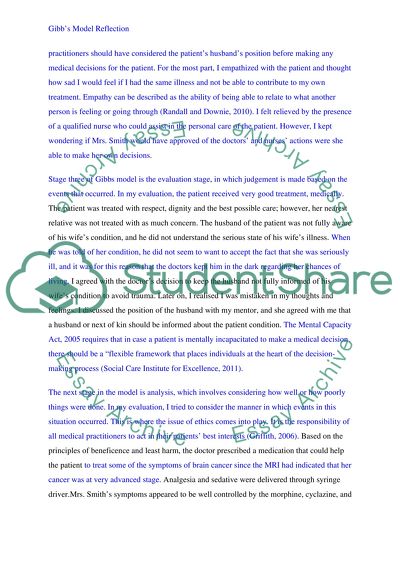Cite this document
(“Gibb's Model of Reflection Essay Example | Topics and Well Written Essays - 1500 words”, n.d.)
Retrieved from https://studentshare.org/nursing/1431487-you-are-required-to-complete-a-reflective-account
Retrieved from https://studentshare.org/nursing/1431487-you-are-required-to-complete-a-reflective-account
(Gibb'S Model of Reflection Essay Example | Topics and Well Written Essays - 1500 Words)
https://studentshare.org/nursing/1431487-you-are-required-to-complete-a-reflective-account.
https://studentshare.org/nursing/1431487-you-are-required-to-complete-a-reflective-account.
“Gibb'S Model of Reflection Essay Example | Topics and Well Written Essays - 1500 Words”, n.d. https://studentshare.org/nursing/1431487-you-are-required-to-complete-a-reflective-account.


